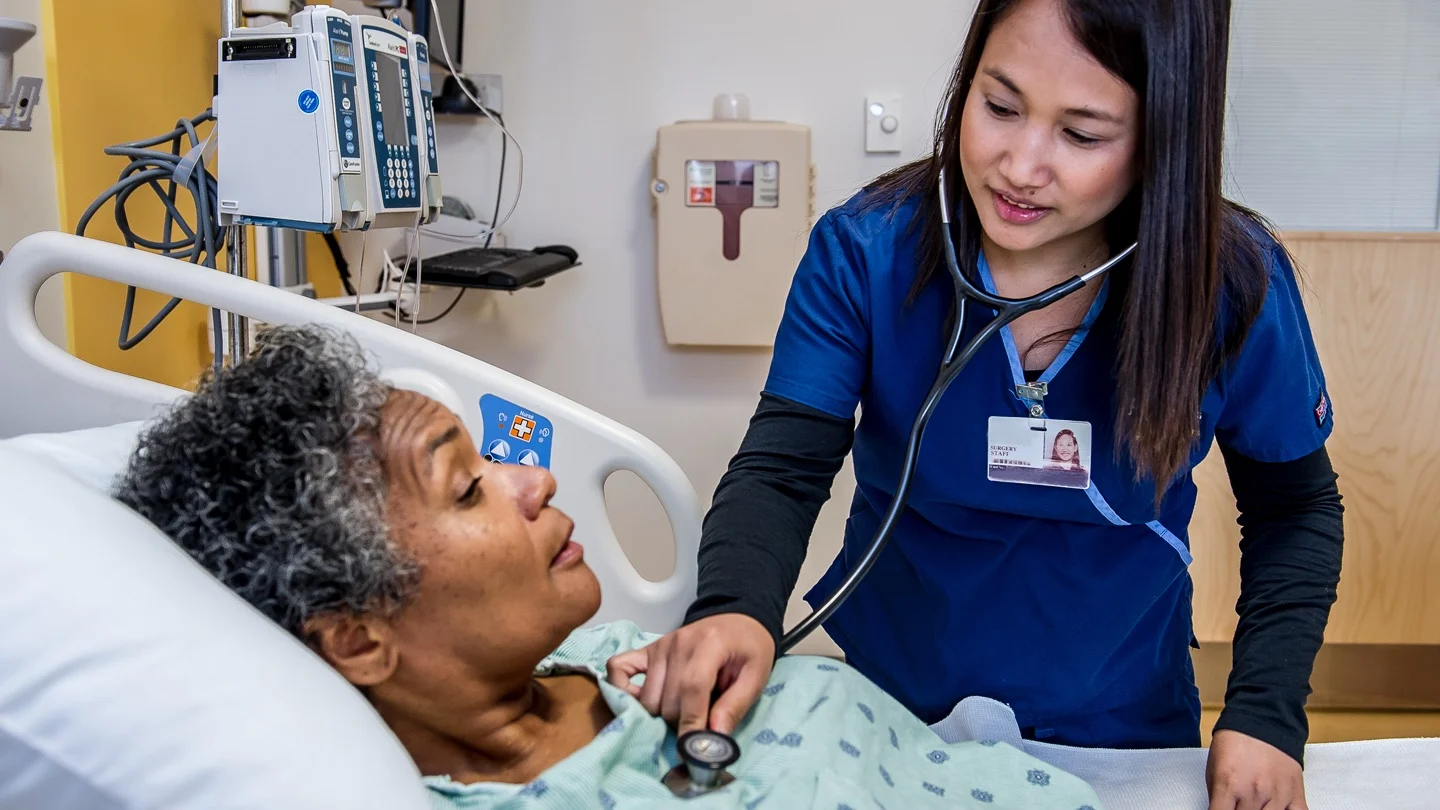Today is our topic of discussion Types of Injections.
Types of Injections

Types of Injections
- Intradermal: Drug introduced into the dermis
- Subcutaneous: Drug introduced into the subcutaneous tissue
- Intramuscular: Injected into the muscles
- Intravenous: Introduced into the vein
- Intraspinal: Introduced into the spinal cavity
- Intra-osseous: Introduced into the peritoneal cavity
- Venesection: Opening a vein and introducing a tube of wide bore needle and introducing medicines and fluids or taking out blood
- Infusions: When a large quantity of medicines as fluids are to be introduced into the body.
- Transfusions: It is the introduction of whole blood or plasma into a vein or artery.

Factors that Favors Absorption
- Blood supply to the area: Fluids injected into the blood stream will act quicker than any other methods used.
- The composition of the fluid injected: Solubility and diffusibility of the fluid.
- Application of heat: Heat dilates the blood vessels; therefore the heat applied over the site of injection increases the rate of absorption.
- Massage: It stimulates the local blood supply and nincreases the rate of absorption.
- Circulation time of the blood: Absorption of medicines and fluids injected to the body will diminished in a person who has venous congestion (edema).
- Physical condition: The local disease condition of the skin and underlying tissues such as skin lesions, inflammations, etc. delays the absorption of the drug .
- Addition of the substances: That tends to breakdown the natural resistance of the tissues can increase the rate of absorption.
Complications of Injections
- Allergic reactions for certain drugs, e.g. penicillin
- Infections (abscess formation)
- Pyrogenic reactions (producing fever)
- Tissue trauma Psychic trauma.
- Pain
- Accidental intravascular injections

- Foot drop and persistent paralysis of the limb
- Air embolism
- Over dose and under dose of the medication
- Errors in the administration of the medication
- Infectious hepatitis
- Circulatory overload.
Read more:
